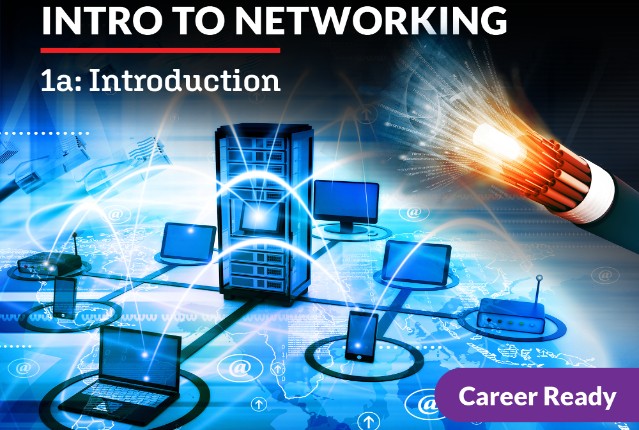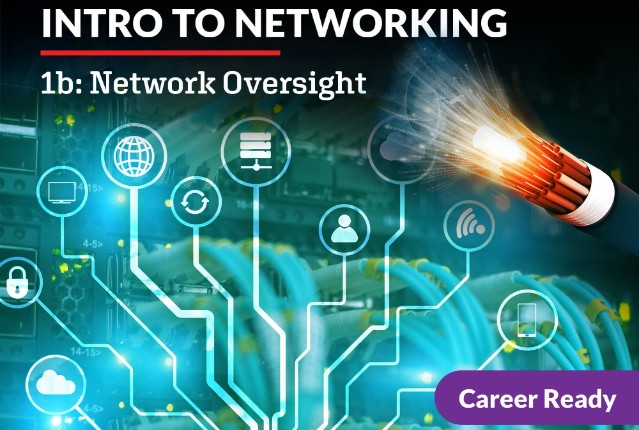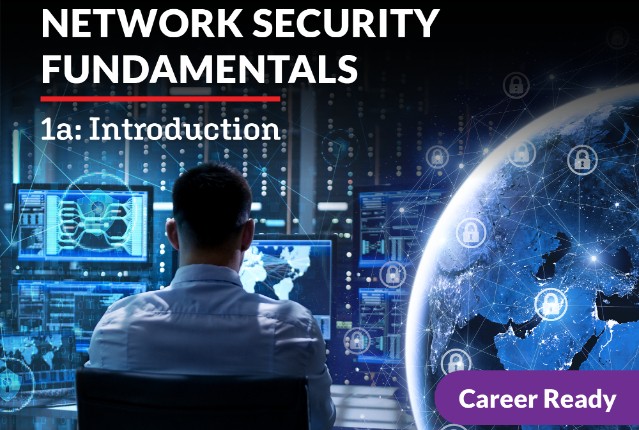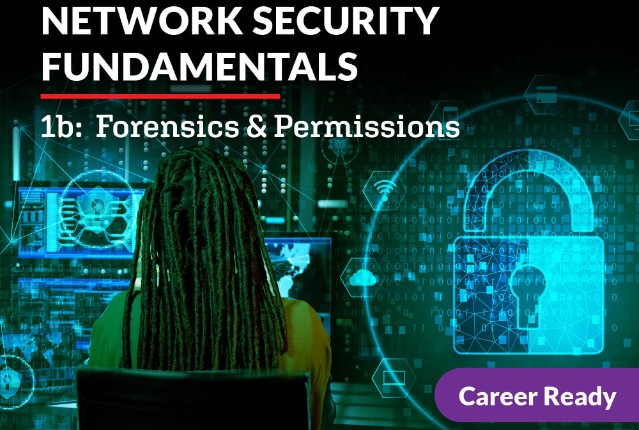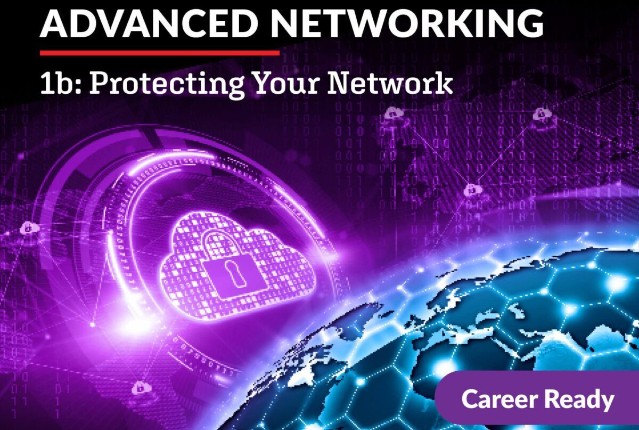
Advanced Networking 1b: Protecting Your Network
You’ve learned the basics of networks, and now it’s time to dig deeper into the intricacies and inner workings of these channels. In this course, you’ll learn the methods used to manage traffic, transmissions, and users based on organizational needs and the important decisions that go into building an optimal network. You’ll explore types of malicious attacks and the role that risk management plays in the strategic planning to prepare for, monitor, and efficiently remediate damage. Lastly, you’ll investigate processes that can be used to prevent, monitor, and notify of these events to employ action plans quickly. Get ready to advance your networking prowess! Let’s get started!
Review course outlineAccess for a year
USD 299.00*
* Choose more courses to get a discount
